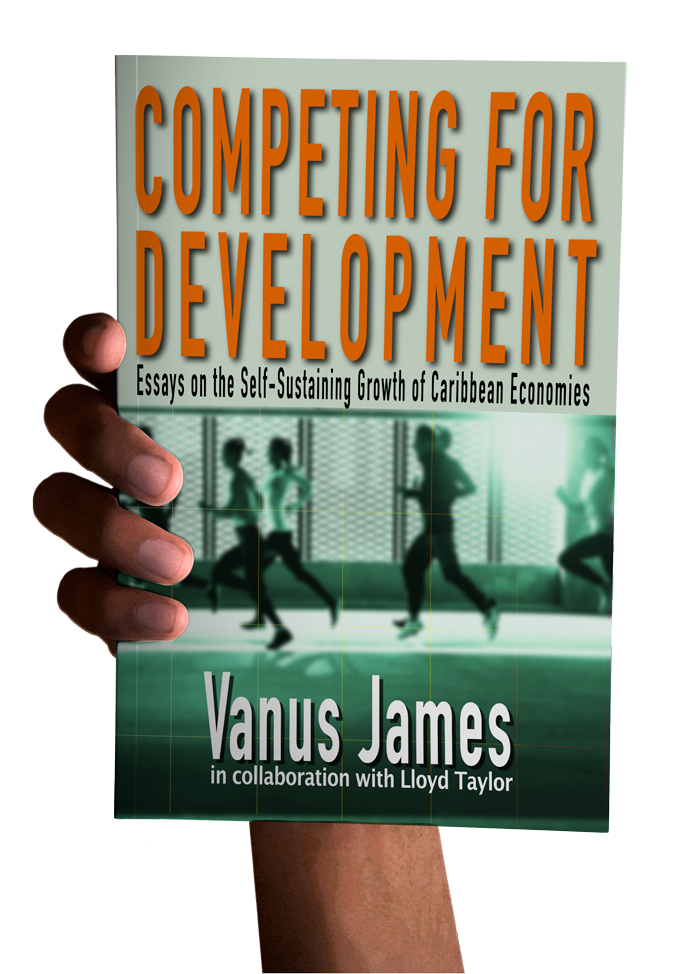
Productivity, Profits and, the Growth of Financing Capacity
ABSTRACT
This essay identifies and addresses the problem of instability that arises in the Lewis (1954) model of growth of financing capacity underlying the development process. In contrast to the unconstrained process in Lewis, it specifies a profit creation process that is subject to constraints on intermediate supply and the supply of savings available for future investment as well as other non-negativity conditions. Under the assumption of profit maximisation over an infinite time horizon, the optimal conditions are identified using optimal control theory and the Pontryagin maximum principle.
The key finding is that, subject to the method of approaching the optimal technique of production, the optimal level of savings at any time is appropriately specified in terms of three sets of forces:
- the average product of the knowledge, skills, and self-confidence of workers augmented by the elasticities of output and price with respect to that knowledge, skill, and self-confidence;
- the unit total cost of production, including the wage cost and the cost of finance; and
- the influence of environmental conservation of intermediate capital (natural resources) in lowering the net rate of reinvestment of profits.
As the economy approaches full employment, institutional policy interventions to constrain inflation to raise the cost of financial capital and complements the rising wage rate caused by labour market forces. The result is a convergence of the augmented average product of labour and the average cost of production that reduces the availability of profits to be saved. The growth of intermediate resource use simultaneously causes a falling rate of reinvestment of profits that reinforces the effects of the market forces. The flow of savings ceases to grow, and the Lewis instability problem is avoided accordingly.
To download the full text of the article, click the link below...
Building Stable Financing Capacity through Productivity and Profits









